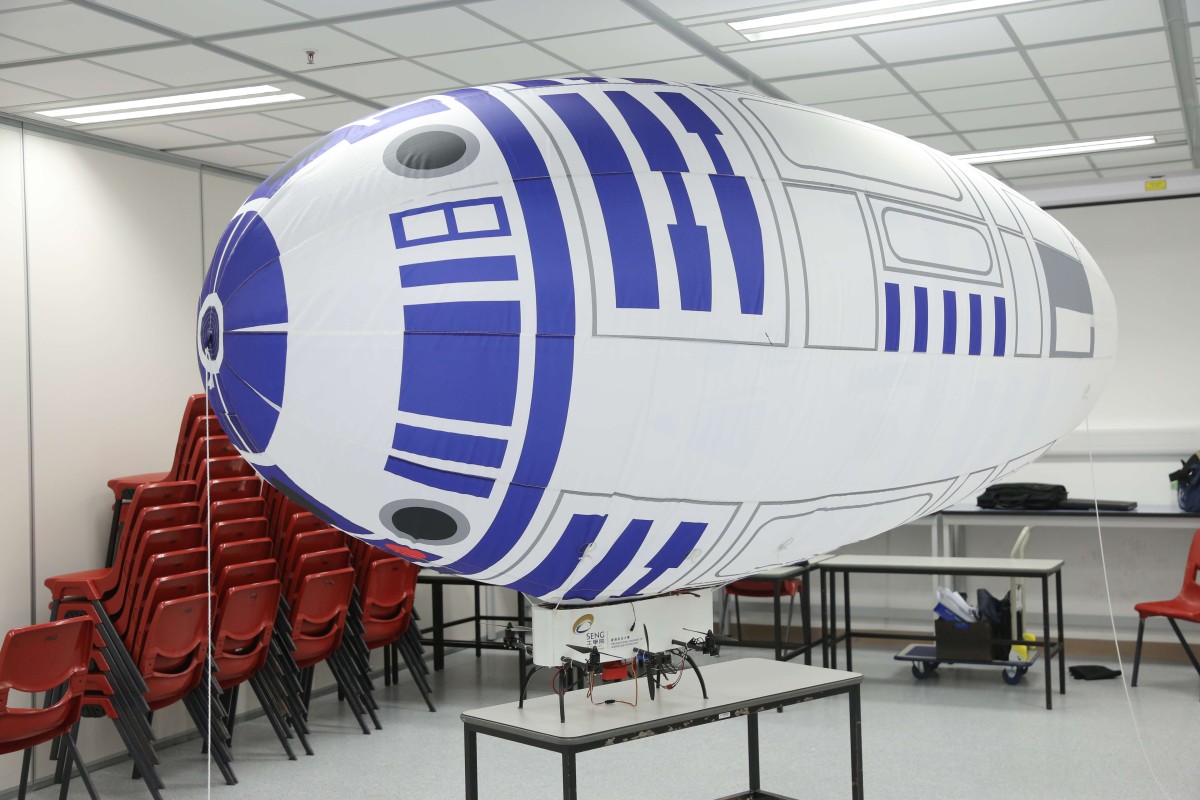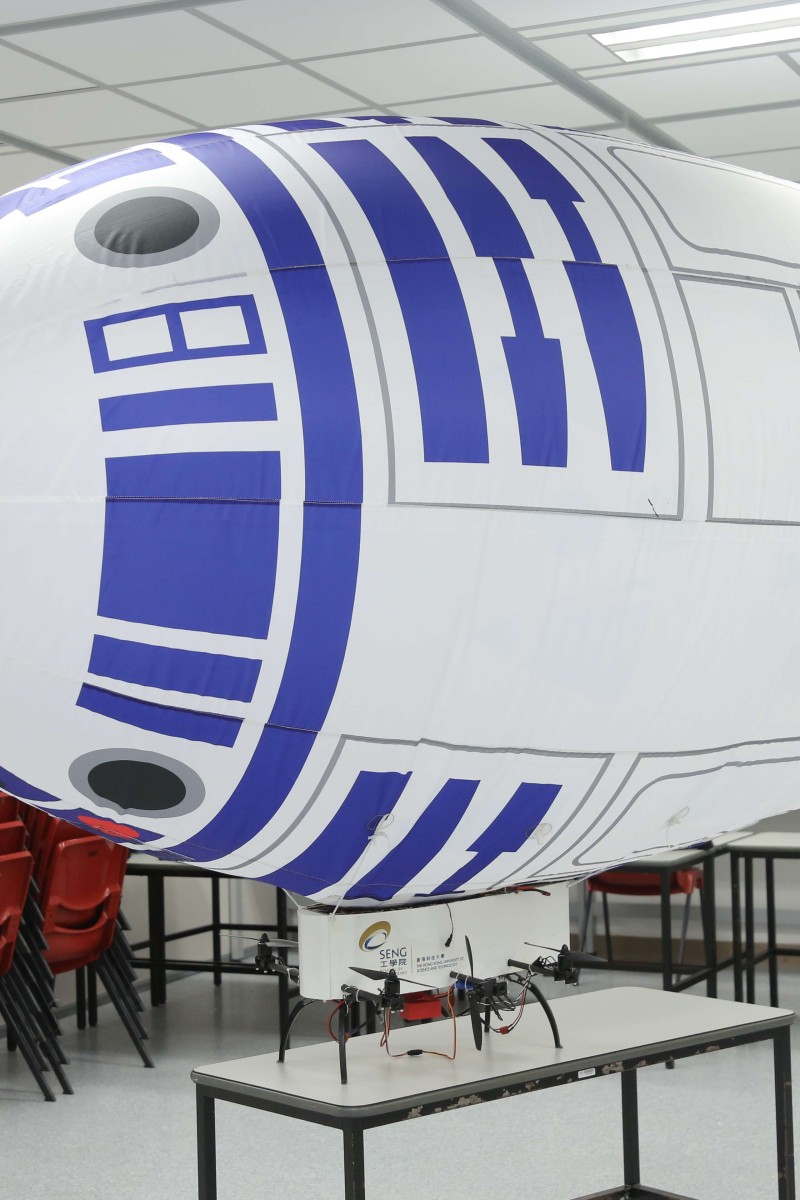 The drone, Crop Doctor, can be used monitor the health of crops.
The drone, Crop Doctor, can be used monitor the health of crops. Despite all the luxuries technology has afforded us, there are still millions of starving people around the world. But some people believe we can use technology to make sure there’s enough food for everyone.
Young Post talked to five engineering students from the Hong Kong University of Science and Technology (HKUST), who are working on a high-tech device which helps farmers check their crops from the comfort of their living room.
David Ren Da-wei, Sethi Gursimran Singh, Tripathi Siddhant, Jha Animesh Kumar, and Chan Kwun-fung were inspired to make a difference after they read a United Nations report about world hunger. They were upset, and decided to form Team Lettuce, to try and improve farming productivity.
The students believe that by closely monitoring the health of crops as they grow, farms can increase the “survival rate” of their crops, and fewer people would go hungry. So Team Lettuce developed Crop Doctor, a drone that can help determine how healthy a farm’s crops are.
Team Lettuce have developed their airship as part of the Disney-HKUST Grant for Technology and Well-being, which encourages engineering students to make inventions that will improve lives. Their drone uses infrared sensors to scan crops as it slowly floats across a farm. The team explains that plants naturally absorb and reflect sunlight, some of which is in the infrared range. When plants don’t get enough water or nitrogen, or are infested with insects, the amount of infrared they absorb or reflect changes, and can be recorded by the sensors.
The data from the scans is sent to a computer, which looks at the readings to see if a plant is healthy or not. The system uses clustering algorithms – a computer process that finds tiny differences between a group of similar items – to tell why a plant is unhealthy.
Explaining the group name “Team Lettuce”, Ren said: “We used lettuce only because we were limited by the climate in Hong Kong, as we worked on the project last winter.” Lettuce grows easily during winter, so the team grew a large patch of lettuce on a HKUST rooftop, and monitored the plants as they grew.
But the students point out that the drone can be used for any plant.
“We hope we can develop the database even further, so that we can have infrared data for different healthiness of different crops,” said Tripathi.
With any luck, Team Lettuce’s contributions to science will take off, and farms around the world will be able to grow more food, and feed more people.
